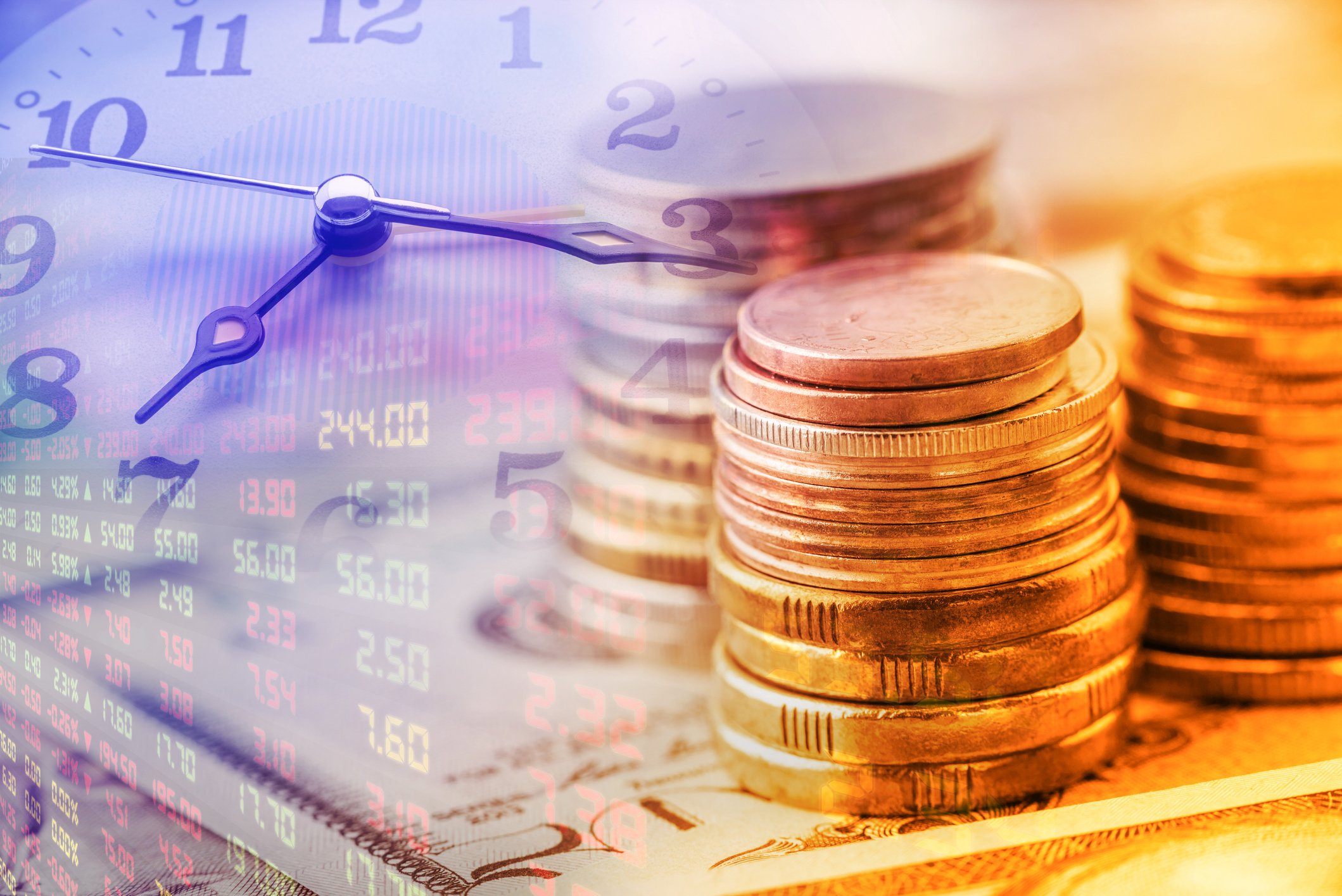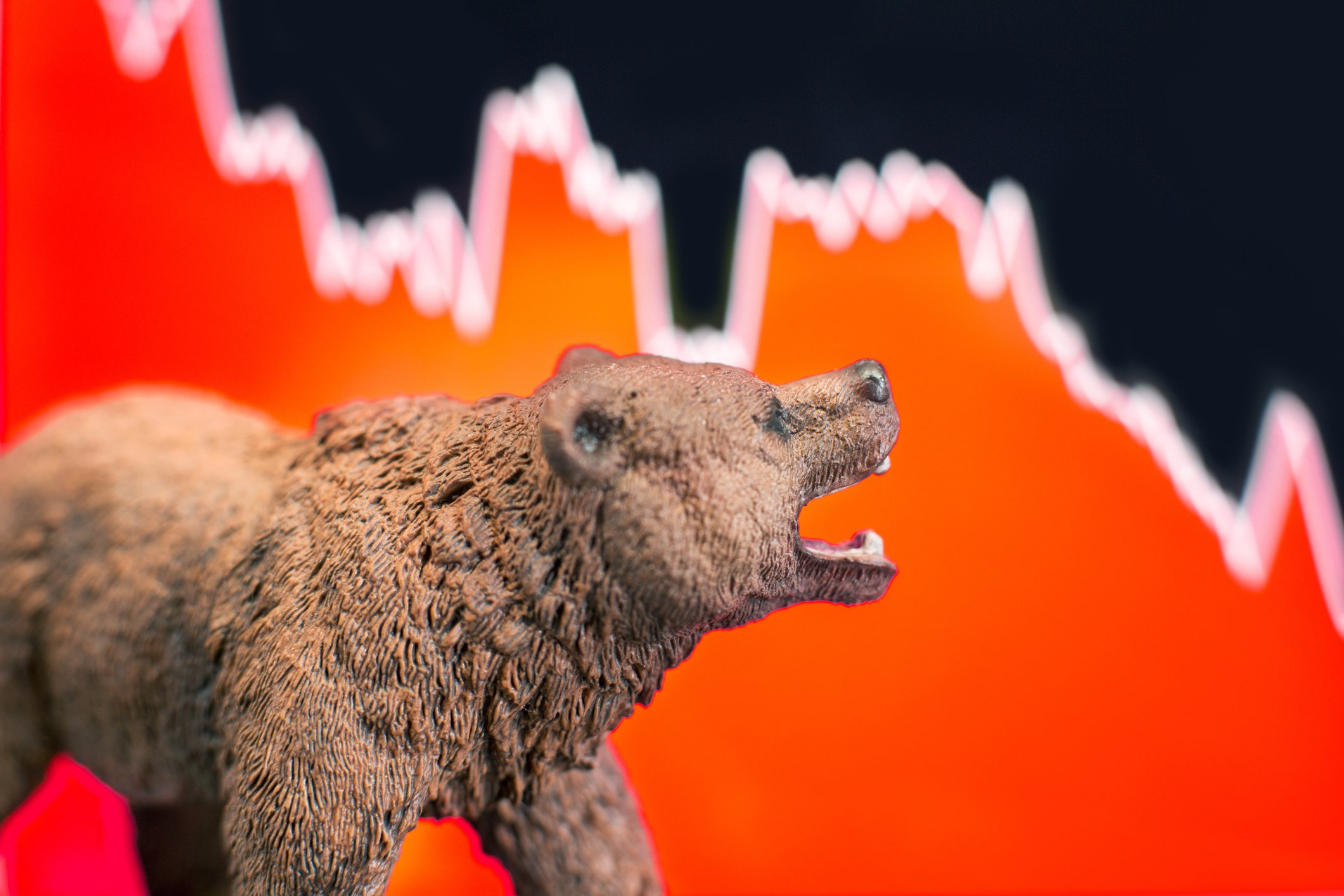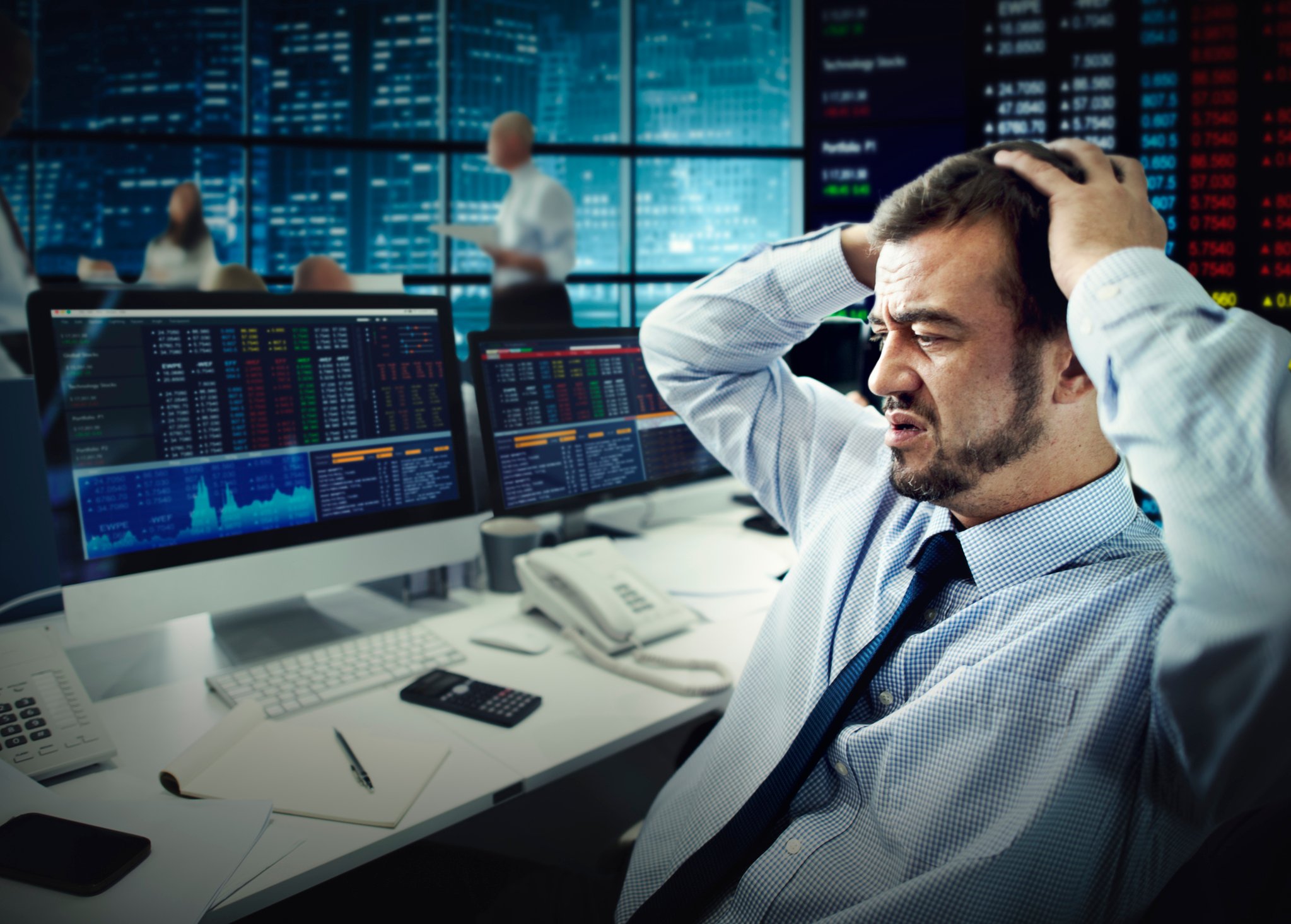When it comes to U.S. stocks and their benchmarks, the Dow Jones Industrial Average (^DJI +0.48%) and the S&P 500 (^GSPC +0.65%) are, perhaps, the best known, as their prices are quoted in major publications and TV shows every single day. And while both are up significantly over the past year, the Dow's 35.6% total return has blown the S&P 500's 27.6% return out of the water.
Such differences over short time frames are relatively rare. It all has to do with a unique twist to the Dow that makes some stocks more important than others.
Rising, or falling, in unison
When the Dow Jones Industrial Average rises, the S&P 500 usually isn't too far behind, and vice versa. The Dow and S&P 500 are almost perfectly correlated, meaning they move in the same direction on virtually every trading day. At least historically, the Dow's performance over long periods of time generally matches the S&P 500's return, plus or minus 1 percentage point on an annualized basis.

Image source: Getty Images.
The correlation between the two is pretty incredible, since the Dow includes 30 stocks, whereas the S&P 500 includes about 500 stocks. They employ different methodologies for stock selection, but at their core, they're basically just portfolios of large-cap stocks. As studies show, when a portfolio includes about 30 stocks, the portfolio will mostly just follow the returns of the stock market as a whole.
The Dow's weird twist
The Dow was first calculated in 1896, long before anyone thought a stock market index needed to be useful for investment purposes to have value as a stock market measuring stick. Whereas the S&P 500 logically weights companies by market cap -- bigger companies make up more of the S&P 500's value -- the Dow 30 is a price-weighted average. That means a $1 change in the price of one stock has the same impact to the Dow as a $1 change in the price of another Dow stock.

Image source: Author, data from Morningstar.
The price-weighting methodology has a fatal flaw: A $1 change in the price of the smallest Dow component General Electric is worth just as much to the Dow as a $1 change in the price of Boeing (BA +3.05%) stock. For GE to rise $1, its share price must jump roughly 6%, whereas Boeing would only have to rise about 0.3%. The net effect is that companies with higher share prices matter more to the Dow.
You can think of the Dow as deriving roughly 8.9% of its value from Boeing, whereas it derives only about 0.4% of its value from General Electric. Therefore, Boeing is 21 times more important than GE in the Dow, despite the fact it's only 46% larger than GE in terms of market cap.
The Dow's price-weighting mechanism leads to weird returns when the largest companies in the Dow rally faster than the market as a whole, as they have most recently. Of the five-largest companies in the Dow -- Boeing, Goldman Sachs, 3M Company, UnitedHealth Group, and Home Depot -- all but Goldman Sachs have absolutely crushed the return of the Dow and large-cap stocks (the S&P 500) over the last year.
|
Stock |
1-Year Total Return |
Weight in the Dow |
|---|---|---|
|
Boeing |
106.3% |
8.9% |
|
UnitedHealth Group |
54.4% |
6.9% |
|
Home Depot |
52.2% |
6.7% |
|
3M Company |
48.9% |
6.4% |
|
Goldman Sachs |
13.1% |
5.4% |
Sources: Total returns from Morningstar, weight derived from SPDR Dow Jones Industrial Average ETF, a popular Dow ETF.
Weighting stocks by price is a really asinine methodology for a modern stock index -- yes, technically, the Dow is an average, not an index -- but the Dow 30 was designed at a time when its main purpose was spitting out a number that could be reported in the newspaper to show the daily or weekly changes in value of the stock market.
Charles Dow never thought that indexes (or averages) might need to be investable to be useful when he first calculated the DJIA in 1896. He certainly never thought that 103 years after its creation, his average would form the basis for a Dow ETF (exchange-traded fund), either. But here we are, more than a century later, a time when people invest in the Dow via ETFs, and use it as a barometer for stock prices on a daily basis.
How the Dow will get "fixed"
The relative weight of the Dow's five-largest components is likely to be fixed, directly or indirectly, in due time. The Averages Committee -- the people who decide which stocks should be part of the Dow -- will likely give a friendly nudge to the most important stocks in the Dow to say, "Hey, we like having you, but your stock price is too high to be part of the DJIA."
Because companies like to be part of prestigious things like the Dow Jones Industrial Average, they'll split their stock in order to reduce their stock price so that they keep their place in the DJIA. It's kind of silly, but being a "Dow stock" is something that companies take pride in -- seriously.
It's generally believed that Apple enacted its 7-for-1 stock split to get into the Dow Jones Industrial Average. Similarly, Dow component Visa decided to split its stock 4-for-1 in 2015, when it made up 9.1% of the DJIA's daily price moves, very close to the 8.9% weight of Boeing today.
I suspect that, if Boeing wants to keep its place in the Dow in 2018, it'll have to split its stock so that it no longer dominates the Dow's daily price fluctuations. Goldman Sachs, 3M, and UnitedHealth Group might not be far behind in splitting their shares, lest they get axed from the guest list of Wall Street's most exclusive club.








